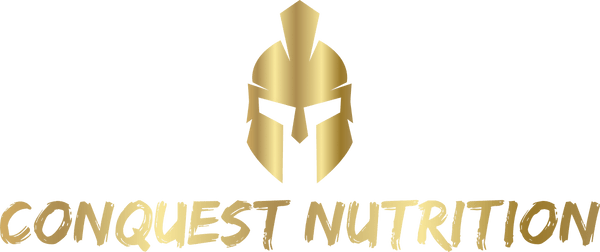Bee Pollen Powder
Bee Pollen Powder
Snapshot
Bee pollen powder is a nutrient-dense superfood made by honeybees that supports energy, immunity, skin health, and overall vitality with a broad spectrum of vitamins, minerals, and antioxidants.

What is Bee Pollen Powder?
Bee pollen powder is a fine, golden-colored substance collected by bees from flowering plants and packed into granules with nectar and bee enzymes. It serves as a primary protein source for bees and is considered one of nature’s most complete foods. For humans, it offers a concentrated source of nutrition and is used as a natural energy and immune-boosting supplement.
Where It Comes From
Bee pollen is harvested from the legs of bees as they return to the hive. Beekeepers use pollen traps to collect it without harming the bees. Once collected, the pollen is cleaned, dried at low temperatures to preserve its nutrients, and then ground into powder form. It’s often sourced from wildflower-rich regions in North America, Europe, and New Zealand.
Key Nutrients & Compounds
Bee pollen contains a diverse mix of over 250 biologically active substances. It includes B-complex vitamins (especially B1, B2, B3, B5, and B6), vitamin C, vitamin E, and trace amounts of vitamin D and K. It is also rich in minerals like selenium, zinc, calcium, magnesium, and iron. Additionally, bee pollen offers a complete protein profile with all essential amino acids, along with enzymes, coenzymes, polyphenols, flavonoids, and carotenoids that contribute to its powerful antioxidant properties.
Health Benefits
Bee pollen powder boosts energy, endurance, and vitality by providing readily available nutrients to support cellular metabolism. Its antioxidants help protect against free radical damage, while its anti-inflammatory compounds support immune function and reduce allergy symptoms. It may also aid liver function, support cardiovascular health, improve skin clarity, and promote hormonal balance. Athletes and active individuals often use it for stamina and recovery.
Recommended Dosage
Start with 1/2 teaspoon daily to assess tolerance, then gradually increase to 1–2 teaspoons per day. Some individuals may work up to 1 tablespoon daily. Always start small, especially for those with pollen sensitivities.
How to Use It
Bee pollen powder can be stirred into smoothies, yogurt, oatmeal, or sprinkled over salads. It should not be heated, as high temperatures can degrade its enzymes and nutrients. For best absorption, take with food in the morning or early afternoon.
Who Should Use It?
Ideal for people seeking natural energy, immune resilience, allergy relief, or skin improvement. It’s also great for athletes, vegetarians, and those needing a concentrated nutrient boost.
Possible Interactions or Cautions
Bee pollen may cause allergic reactions in individuals sensitive to pollen, bees, or bee products. Symptoms may include itching, swelling, or respiratory issues. Start with small doses and consult a healthcare provider if pregnant, nursing, or on medication.
Final Thoughts
Bee pollen powder is a powerhouse of nutrition straight from the hive. With its robust vitamin, mineral, and antioxidant profile, it’s an excellent natural supplement for energy, wellness, and beauty from within.
Scientific Studies
Pascoal, A., et al. (2014). Biological activities of commercial bee pollens: Antimicrobial, antimutagenic, antioxidant, and anti-inflammatory effects. Food and Chemical Toxicology, 63, 233–239. https://doi.org/10.1016/j.fct.2013.11.012
Komosinska-Vassev, K., et al. (2015). Bee pollen: Chemical composition and therapeutic application. Evidence-Based Complementary and Alternative Medicine, 2015, 297425. https://doi.org/10.1155/2015/297425
Morais, M., et al. (2011). Microbiological and nutritional characterization of bee pollen: Evaluation of the storage time impact. Food and Chemical Toxicology, 49(6), 1362–1369. https://doi.org/10.1016/j.fct.2011.03.002
Linskens, H. F., & Jorde, W. (1997). Pollen nutrition and health: Contribution of bee pollen to nutrition and well-being. International Journal of Clinical Pharmacology and Therapeutics, 35(7), 321–328.
